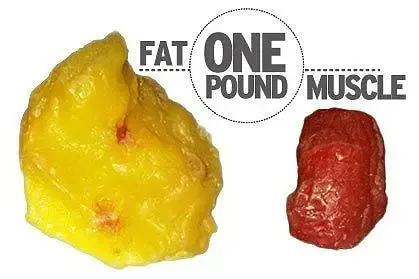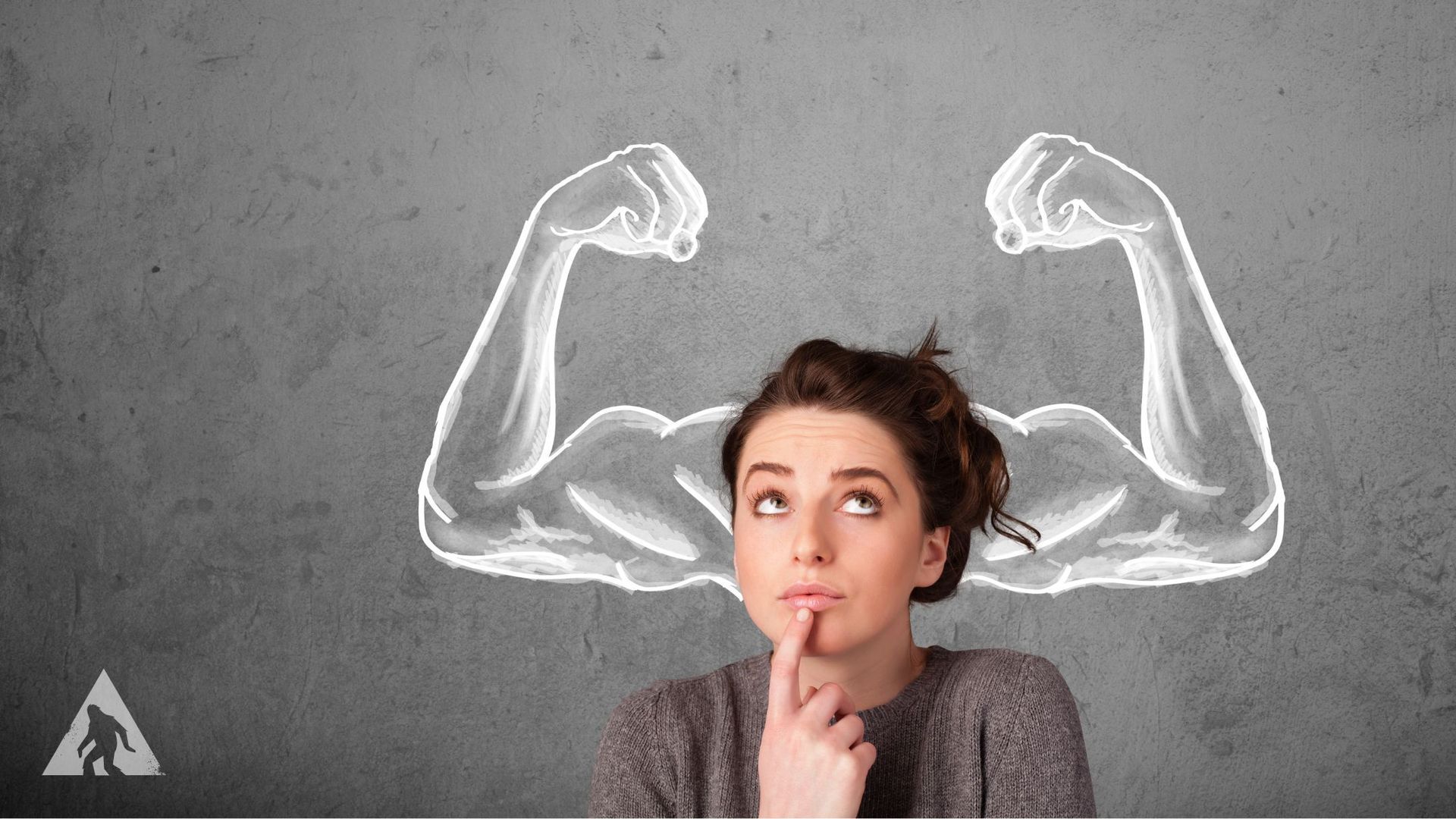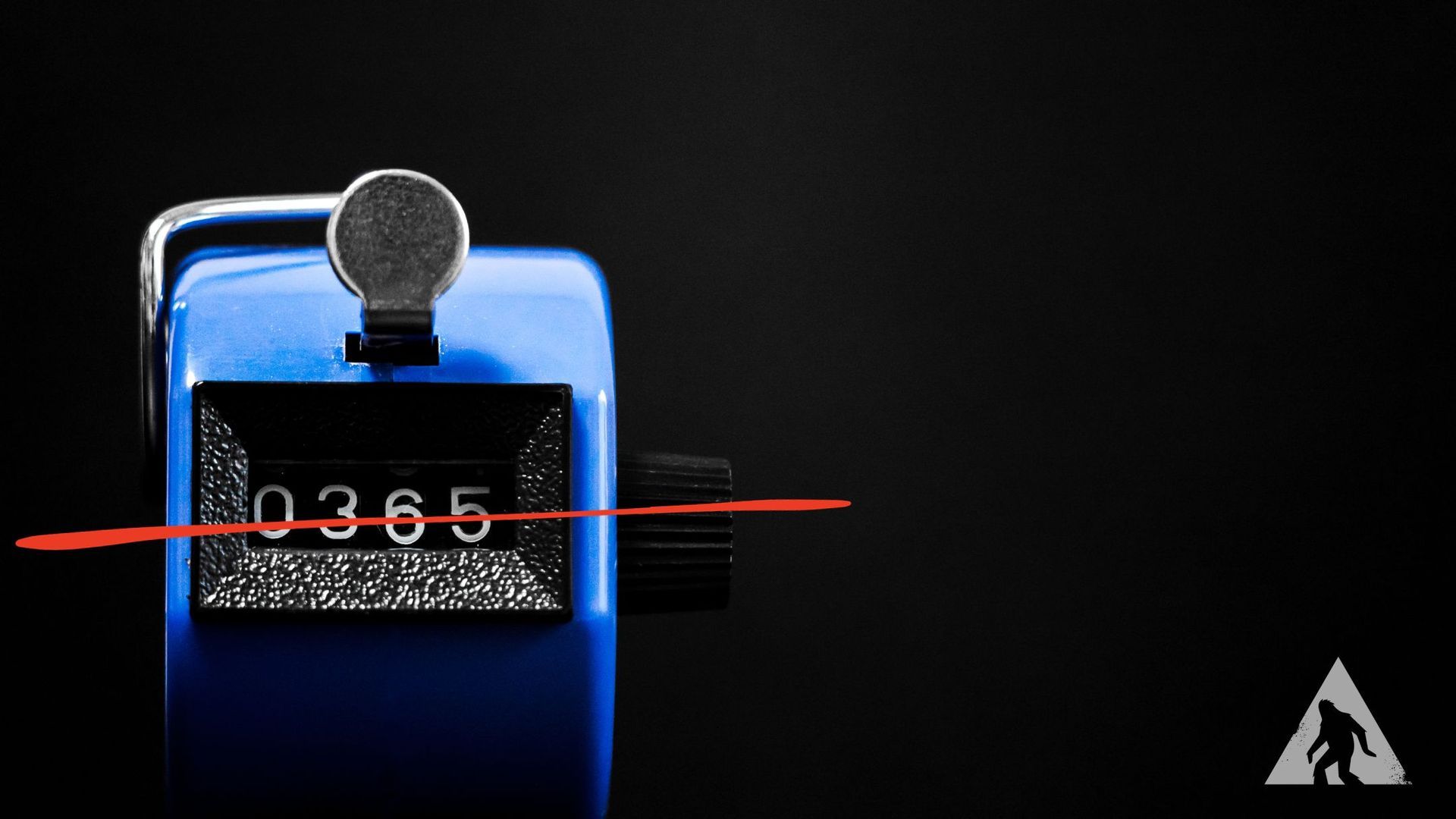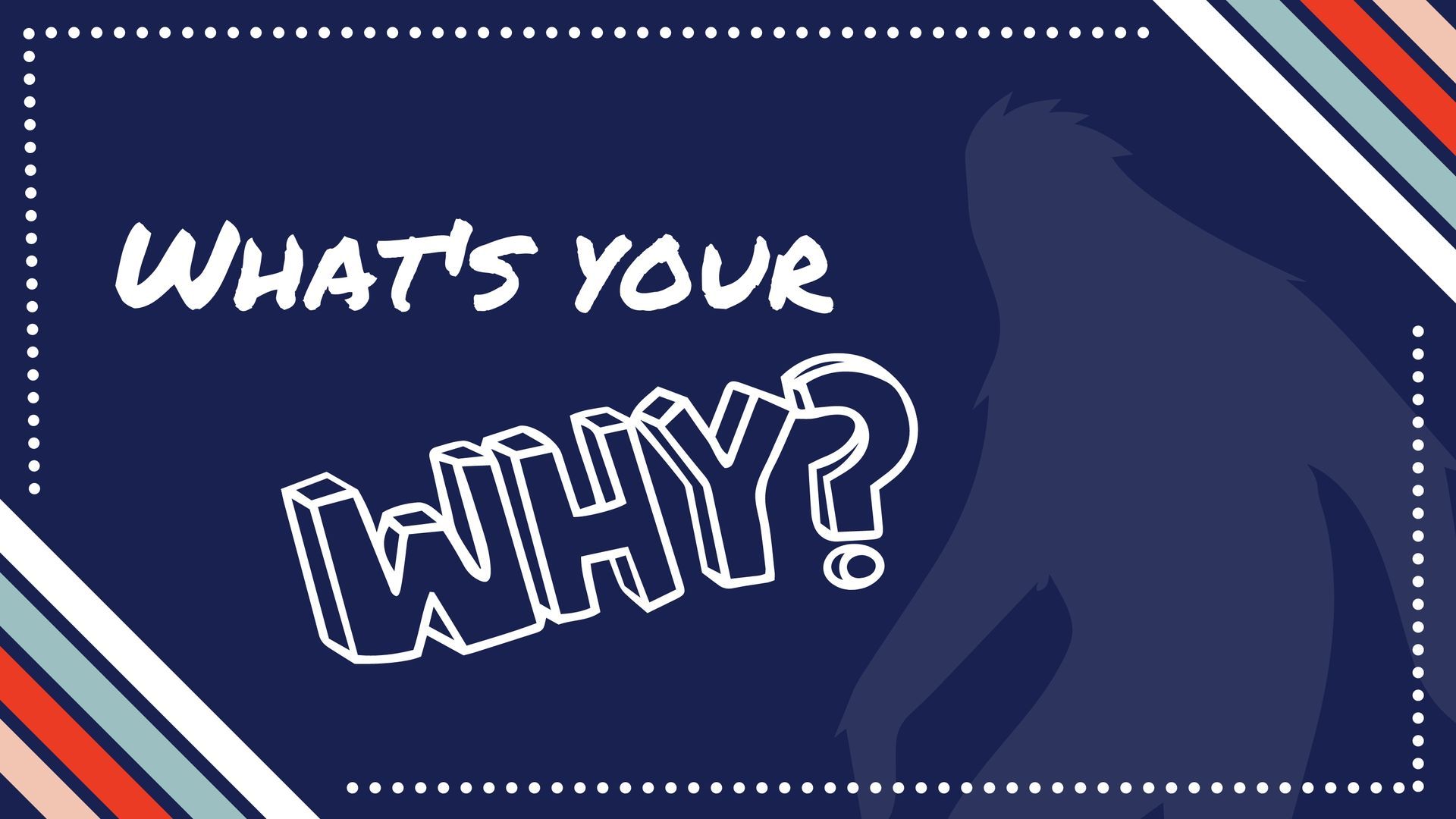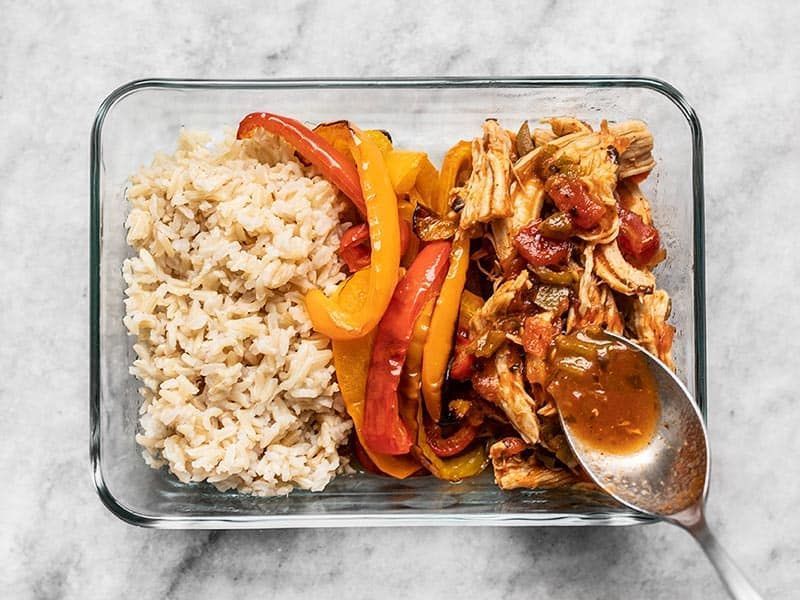
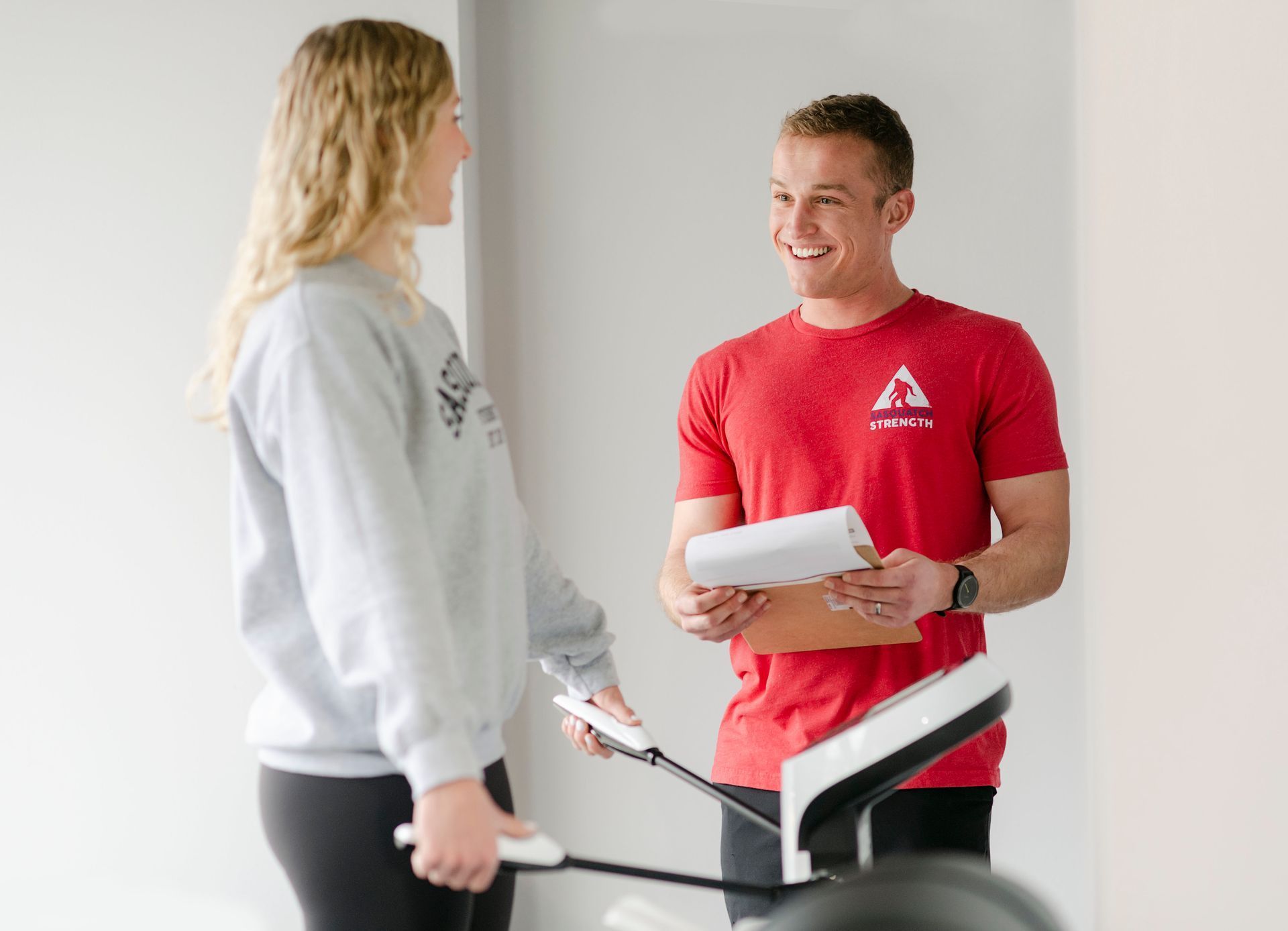
Let’s be honest: if diets were relationships, yo-yo dieting is that toxic ex who keeps showing up uninvited. You lose weight. You gain it back. You swear you’re done. Then you try again — a new plan, a new promise — but the same result. If that sounds familiar, don’t worry. You’re not broken. The system is.
What Is Yo-Yo Dieting?
Yo-yo dieting is when you:
- Go on a strict diet
- Lose some weight
- Get tired of being miserable
- Fall off the wagon (usually into a pile of fries)
- Gain it all back (and then some)
And repeat.It’s exhausting. And it’s not your fault.
What It’s Doing to Your Body (Spoiler: It’s Not Good)
When you diet hard and fast, your body doesn't throw you a party. It panics.Here’s what actually happens:
- You lose muscle → Not just fat. That makes your body burn fewer calories. Not ideal.
- Your metabolism slows down → Your body thinks winter is coming. It clings to fat.
- You get hungrier → Hormones go haywire. Cravings go up. Energy goes down.
- You gain back more fat than you started with → Thanks for nothing, cabbage soup cleanse.
- Your mood tanks → Being hungry 24/7 is a one-way ticket to Crankyville.
Why "Just Eat Less and Try Harder" Is Bad Advice
You’ve heard it before:"Just eat 1,200 calories and walk more!"Yeah… no.That kind of advice doesn’t work long-term — and it’s why people bounce from one diet to the next like they’re dating apps. You don’t need more willpower. You need a better plan.
What Actually Works (And Doesn’t Make You Hate Your Life)
Eat Enough — Not “As Little As Possible”
Your body isn’t a math problem. It’s a system. Starving it doesn’t help. Instead of crash dieting, eat in a small, steady calorie deficit. You should feel satisfied , not like you’d punch someone for a slice of bread.
Eat More Protein
Protein is the MVP. It helps you stay full, keeps your muscles, and boosts fat loss. Try to get some in every meal — even snacks. Ideas:
- Eggs
- Greek yogurt
- Tofu
- Protein shakes
- Chicken or turkey or tempeh
Strength Train 2–3x/Week
No, you won’t "bulk up." That’s not how this works. Lifting weights helps you:
- Burn more calories
- Keep muscle
- Look leaner
- Age like a legend
It’s not just about fat loss — it’s about being strong for the long haul.
Move More (No, You Don’t Need to Run)
Walking is underrated. 10,000 steps/day isn’t magic, but it’s a killer goal. Can’t hit that? Start with 7k. Move your body. Dance in the kitchen. Walk while on Zoom. It all adds up.
Sleep Like It’s Your Job
Sleep is free. It's also the cheat code to fat loss.Less sleep = more hunger, worse recovery, and impulse control that vanishes faster than your willpower on a Friday night.Get 7–8 hours. No, really.
Consistency > Perfection
You don’t need a perfect week. You need a mostly consistent month. It’s not the missed workout or single donut that ruins progress — it’s quitting altogether because of one bad day.
TL;DR — The Real Way to Lose Fat and Keep It Off
If you're tired of dieting like it's your job, here's the deal:
- Eat in a reasonable deficit
- Lift heavy-ish things
- Eat protein
- Walk more
- Sleep like a champion
- Repeat
That’s it. That’s the secret.
Ready to Break the Cycle?
We help real people stop the yo-yo, build strength, and finally enjoy fat loss. Book a Free Nutrition Consult (for guidance, clarity, and sustainable next steps) Local? Book a Free Strategy Session at Sasquatch Strength (this is the regular- start now form with the dropdown)
